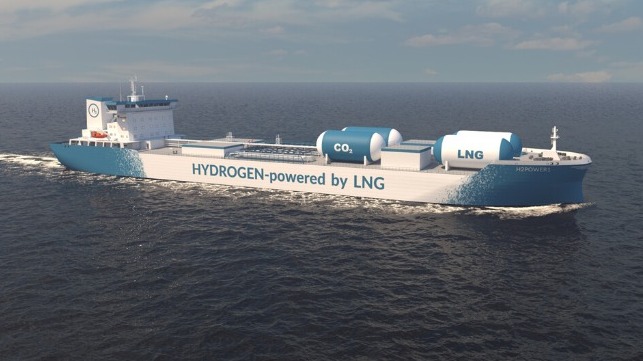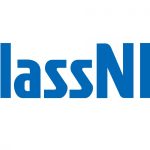RINA has granted approval in principle to a MR tanker designed FKAB which uses LNG to create hydrogen onboard for use in propulsion.
FKAB Marine Design’s tanker combines LNG with steam in a gas reformer to produce hydrogen and CO2. The CO2 is liquefied and can be used as the tanker’s inert gas. The hydrogen is used either for combustion in the engine, in fuel cells, or in a hybrid system; the AiP is for the hybrid version. ABB and Helbio were partners in the vessel’s development.
The design can meet full decarbonisation targets by using 100% hydrogen as fuel, and in the meantime can progressively increase the use of hydrogen in its fuel mix to reduce carbon emissions as CII limits tighten. Owners can set their emissions reductions according to operational needs.
Onshore carbon disposal technology will be necessary for the vessel not before 2032, said RINA.
Antonios Trakakis, Greece Marine Technical Director at RINA, said: “This new design enables the use of hydrogen as a fuel today without the need for bunkering and storage on board and exceeds IMO 2050 targets for 70% reduction of carbon intensity. Now that the concept has been brought to the real world through an immediately applicable CII A rated design, this opens the door to reduce emissions in a much shorter timeframe. The AiP is for an MR tanker, but the technology can be applied to a wide range of vessel types and sizes.”
Andreas Hagberg, Head of Sales & Marketing Department at FKAB, commented, “The concept is revolutionary because it does not require any portside hydrogen infrastructure. The hydrogen is created onboard the vessel and all necessary equipment can be easily fitted on deck, so ship owners can convert existing vessels. The fuel cells have been specifically developed to produce more power and fewer emissions.”
Source: Seatrade Maritime News






